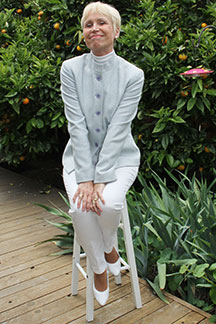The Berlin Brandenburg Airport was supposed to open in November 2011. After many setbacks, the most recent opening is slated for the end of 2019 at the earliest. https://www.thelocal.de/20170831/berlin-airport-to-open-at-end-of-2019-at-the-earliest-report/. In the meantime, Berlin’s new International airport has turned into a modern-day Sisyphus project. In Greek mythology, Sisyphus was condemned to roll a huge boulder uphill, only to watch it roll back down every time he neared the top of the mountain. Given legendary German efficiency, what happened?
Berlin Brandenburg Airport opening delays
In 2006, construction of Berlin Brandenburg Airport began. Grand Opening was slated for October 2011. But the projected opening had to be delayed due to bankruptcy of the construction planning company. A new date was set for June 2012. This time, it was going to be the real thing. Everything was ready to go. As the new opening date drew close, airlines, shops and restaurants prepared for the grand opening. A logistics plan was put into place for moving infrastructure from the old airport to the new. RBB (Rundfunk Berlin Brandenburg) prepared for 24-hour live coverage of the move. The first departure was scheduled. But less than four weeks before the move, the opening was postponed again. Since then, the airport opening date has been pushed back numerous times with no definite end in sight.
June 2012 projected opening delayed. Reason: Major technical difficulties, including the fact the new terminal had not passed the fire safety and smoke exhaust systems checks. A new opening date scheduled for March 2013.
March 2013 projected opening delayed. Reason: More construction flaws. Change in airport management. New opening date scheduled for late October 2013.
Late October 2013 projected opening delayed. Reason: More of the same. The airport authority announced that the opening would be further delayed without citing a specific opening date. 2014 at the earliest, possibly not until 2015. http://www.walled-in-berlin.com/j-elke-ertle/berlin-brandenburg-airport-delayed-again/
2014 and 2015 projected openings delayed. Reason: Safety issues, permit expirations, corruption, mismanagement, another change in airport management. Berlin Brandenburg is not expected to open before 2016 or 2017. http://www.walled-in-berlin.com/j-elke-ertle/berlin-brandenburg-airport-boondoggle/
2017 projected opening delayed. Reason: More technical issues, Approval of the underground station did not occur in time.
The real cause for the Berlin Brandenburg Airport delays
Apparently, the Berlin Brandenburg Airport construction was plagued by too make cooks stoking the fire. Three different entities were in charge, but none had complete oversight. As a result, major technical issues went unnoticed or were ignored; there were many personnel changes, but none addressed the actual problem. In the meantime, workers and contractors took advantage and lined their own pockets. Corruption and financial issues plagued the project. With each postponement, the Sisyphus’s airport project rolled down the hill again.
For a sneak peek at the first 20+ pages of my memoir, Walled-In: A West Berlin Girl’s Journey to Freedom, click “Download a free excerpt” on my home page and feel free to follow my blog about anything German: historic and current events, people, places and food.
Walled-In is my story of growing up in Berlin during the Cold War. Juxtaposing the events that engulfed Berlin during the Berlin Blockade, the Berlin Airlift, the Berlin Wall and Kennedy’s Berlin visit with the struggle against my equally insurmountable parental walls, Walled-In is about freedom vs. conformity, conflict vs. harmony, domination vs. submission, loyalty vs. betrayal.

















